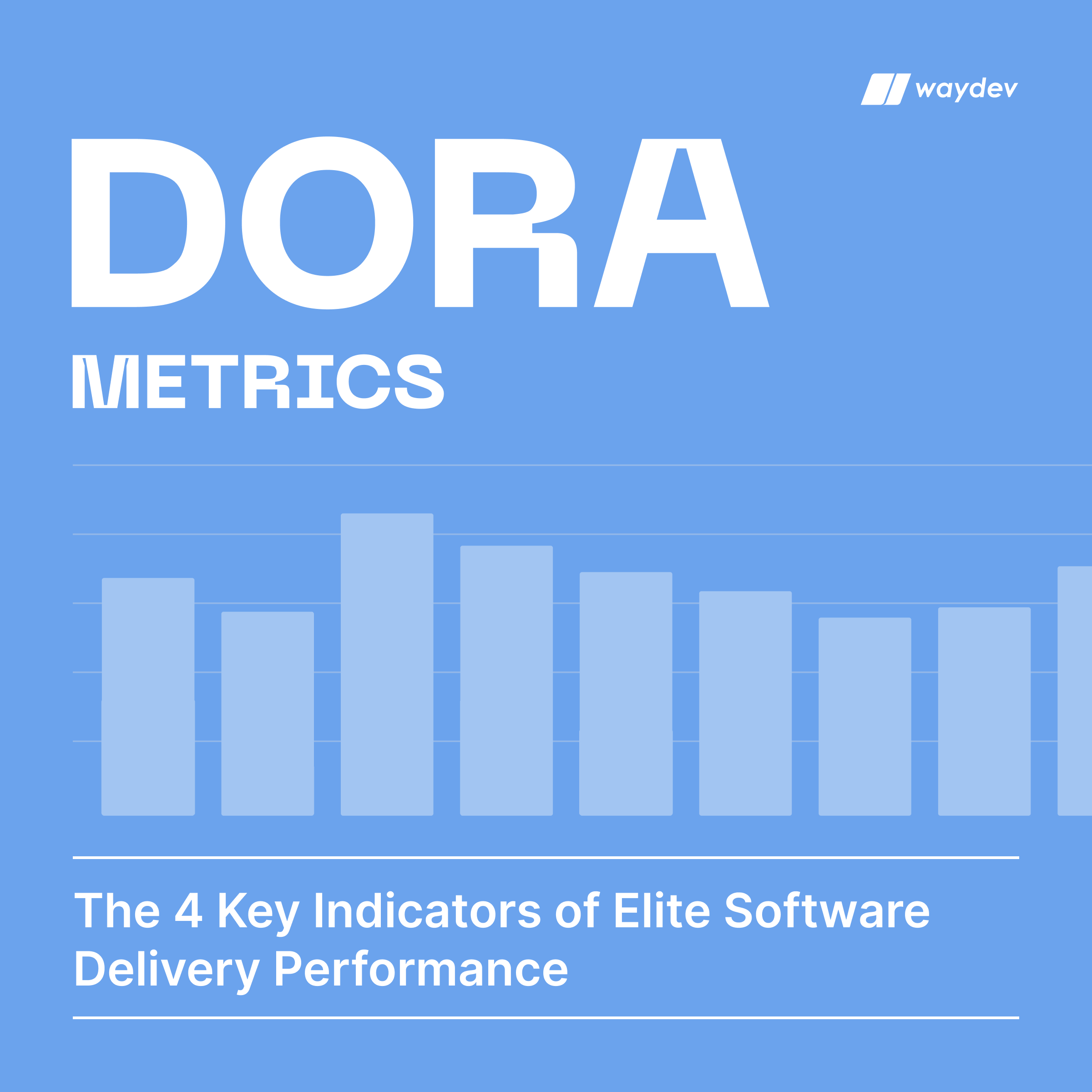How does it help you
The GitLab integration enables us to provide reports that help you in:
- Daily stand-ups
- One-on-ones
- Code review
- Monthly and quarterly reports
For daily stand-ups, Waydev integrates with GitLab to provide you with:
- Work Log, which displays a map of team contributions and work habits. Zoom in to all commits and pull requests an engineer produces, so you can make better decisions, set expectations proactively, and help your team improve over time.
- Daily Update, which helps you check the velocity of your team compared to the previous week. Find out where yesterday’s work focus went and if there were any engineers who didn’t check-in code. Direct your efforts to accomplish your goals.
- Time Card, which acts as a heatmap of your engineers’ activity, helping you see when are your engineers committing most. Set meetings in a nondisruptive manner – outside their peak productivity hours.
- Inactivity, which helps you achieve a healthy, continuous delivery workflow by making sure each of your engineers is involved in the development process.
For one-on-ones, Waydev integrates with GitLab to help you with:
- Developer Summary, which provides valuable insights into each engineer’s output. Understand what your engineers’ work effectiveness is. Quickly spot and eliminate any blockers that are holding down your team.
- Developer Compare, which assists you with tracking your engineers’ progress. See how your engineers performed sprint over sprint. Understand their work dynamics and identify coaching opportunities.
- Developers Stats, which centralizes your engineers’ performance metrics. Aggregate all your engineers’ stats from Waydev in a highly customizable table. Sort, filter, search, and download to fulfill your needs.
For code review, Waydev integrates with GitLab to provide you with:
- Review Workflow, which provides a map of pull request activity in the selected time frame. Identify long-running pull requests, unreviewed pull requests that have been merged, and spot closed pull requests that have not been merged.
- Review Collaboration, which presents a unified view of submitter and reviewer metrics of the PR process. Understand how your engineering teams work collaboratively. Effectively communicate the healthy tension between speed and thoroughness in code review.
- PR Resolution, which helps you identify the bottlenecks in your PR cycles over the course of the sprint. The PR resolution is designed to help you find outliers. Visualize high-level team dynamics and the underlying activities that can contribute to those dynamics.
- Submitter and Reviewer Fundamentals, which provide a view of how the metrics from the Review Collaboration evolved over time. These features should be used as a gauge to determine if your objectives regarding the code review workflow are on track.
For monthly and quarterly reports, Waydev integrates with GitLab to help you with:
- Project Timeline, which provides a view of how work focus and volume modify over time. Find out where your engineers’ work focus is. View how events impacted your team’s performance and direct your data-driven decisions.
- Teams Stats, which provide a unified view of your teams’ engineering contribution. Gain a comprehensive view of all team stats from Waydev. Customize the report to your own requirements.
- Team Compare, which helps you track the progress of your engineering teams. See how engineering teams perform compared to the previous sprint, month, or quarter. View how work dynamics shift.
- Retrospective, which assists you in evaluating your release’s success and compare your sprints’ output.
- Repositories Stats, which provide clustered engineering stats to help you visualize performance from a repository point of view.
- Reports History, which encompasses weekly and monthly email reports into a singular view.
- Targets, which help you translate uncovered opportunities to action by setting measurable targets within the application. Visualize and track progress to hit all your goals.
How to integrate GitLab into Waydev
You can integrate GitLab into Waydev via OAuth.
Step 1: After you create a Waydev account, navigate to Project -> Integrations, and select GitLab.

Step 2: You will be redirected to GitLab where you will need to authorize access to your account.
Step 3: After the connection is done, you will be redirected to the ‘Repositories’ page, with a message of success. Now you’ll need to select relevant repositories for your project. You can select all or you can choose only the ones with data. We recommend selecting only the repos with recent work. After you select the repos, click the ‘Save Project’ button.
Step 4: You will be redirected to the app where you will need to wait until we process your data. We normally process the data in under 1 hour, but for the first time connections it can take up to 12 hours. Pull requests may take 24-48 hours to process completely.

Step 5: Now everything is set up, you just need to wait until we process the data.
GitLab partnership
Waydev is an official GitLab partner for performance measurements.
About GitLab
GitLab is an open-source code collaboration platform that enables engineers to create, review, and deploy codebases. GitLab’s open-source, code-collaboration platform offers git repository management, code reviews, issue tracking, wikis, and more, along with continuous integration and deployment tools, enabling users to create, review and deploy codes.
Key terms
Three important terms used by developers in GitLab are fork, pull request, and merge. A fork, also known as a branch, is simply a repository that has been copied from one member’s account to another member’s account. Forks and branches allow a developer to make modifications without affecting the original code.
If the developer would like to share the modifications, they can send a pull request to the owner of the original repository. If, after reviewing the modifications, the original owner would like to pull the modifications into the repository, they can accept the modifications and merge them with the original repository. Commits are, by default, all retained and interleaved onto the master project, or can be combined into a simpler merge via commit squashing.
A repository is usually used to organize a single project. Repositories can contain folders and files, images, videos, spreadsheets, and data sets – anything your project needs.
Branching is the way to work on different versions of a repository at one time. By default your repository has one branch named master which is considered to be the definitive branch. We use branches to experiment and make edits before committing them to master.
When you create a branch off the master branch, you’re making a copy, or snapshot, of master as it was at that point in time. If someone else made changes to the master branch while you were working on your branch, you could pull in those updates.
In GitLab, saved changes are called commits. Each commit has an associated commit message, which is a description explaining why a particular change was made. Commit messages capture the history of your changes, so other contributors can understand what you’ve done and why.









